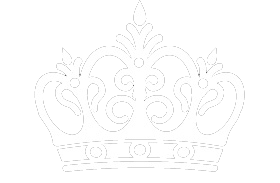How to price jewelry handmade
- kukkikja
- Nov 29, 2023
- 2 min read
Updated: Nov 15, 2024
Pricing handmade jewelry involves considering various factors to ensure that you cover your costs, make a profit, and remain competitive in the market. Here's a step-by-step guide to help you determine the right pricing for your handmade jewelry:
1. Calculate Costs:
Materials: Calculate the cost of all the materials used in creating the jewelry, including beads, wires, findings, and any other components.
Labor: Determine the time you spend creating each piece and assign a reasonable hourly rate for your labor. Multiply the time spent by your hourly rate.
Overhead: Consider indirect costs such as utilities, workspace rent, tools, packaging, and other business-related expenses. Divide these costs by the number of pieces you create to get an overhead cost per item.
2. Set a Profit Margin:
Decide on a profit margin that reflects the value of your work. This could be a percentage of the total cost (e.g., 20-50%). This margin should cover not just your time and materials but contribute to your overall business growth.
3. Research the Market:
Investigate the prices of similar handmade jewelry in your market. This will help you understand what customers are willing to pay and how your pricing compares to your competitors.
4. Consider Perceived Value:
Take into account the uniqueness and quality of your handmade jewelry. If your pieces are one-of-a-kind or made with high-quality materials, you can justify a higher price.
5. Factor in Branding and Reputation:
If you have a strong brand or a good reputation for craftsmanship, you may be able to command higher prices. Consider the perceived value of your brand when setting prices.
6. Offer Different Price Points:
Have a range of prices to cater to different customer budgets. This could include more affordable pieces as well as higher-end, intricate designs.
7. Account for Wholesale and Retail Pricing:
If you plan to sell your jewelry through retailers, factor in wholesale pricing. Wholesale prices are typically 50% of the retail price. Ensure that your wholesale prices still cover your costs and provide a profit margin.
8. Regularly Review and Adjust Prices:
Periodically review your pricing to account for changes in material costs, labor rates, or market trends. Adjust your prices accordingly to ensure that you remain profitable.
9. Consider Limited Editions or Custom Work:
Limited edition pieces or custom orders can often command higher prices. Factor in the additional time and effort required for these special items.
10. Test Your Prices:
Start with your calculated pricing but be open to adjusting based on customer feedback and market response. You may need to experiment to find the right balance.
Remember, finding the right pricing strategy may take some trial and error. It's essential to strike a balance between covering your costs, making a profit, and offering value to your customers.



































Comments